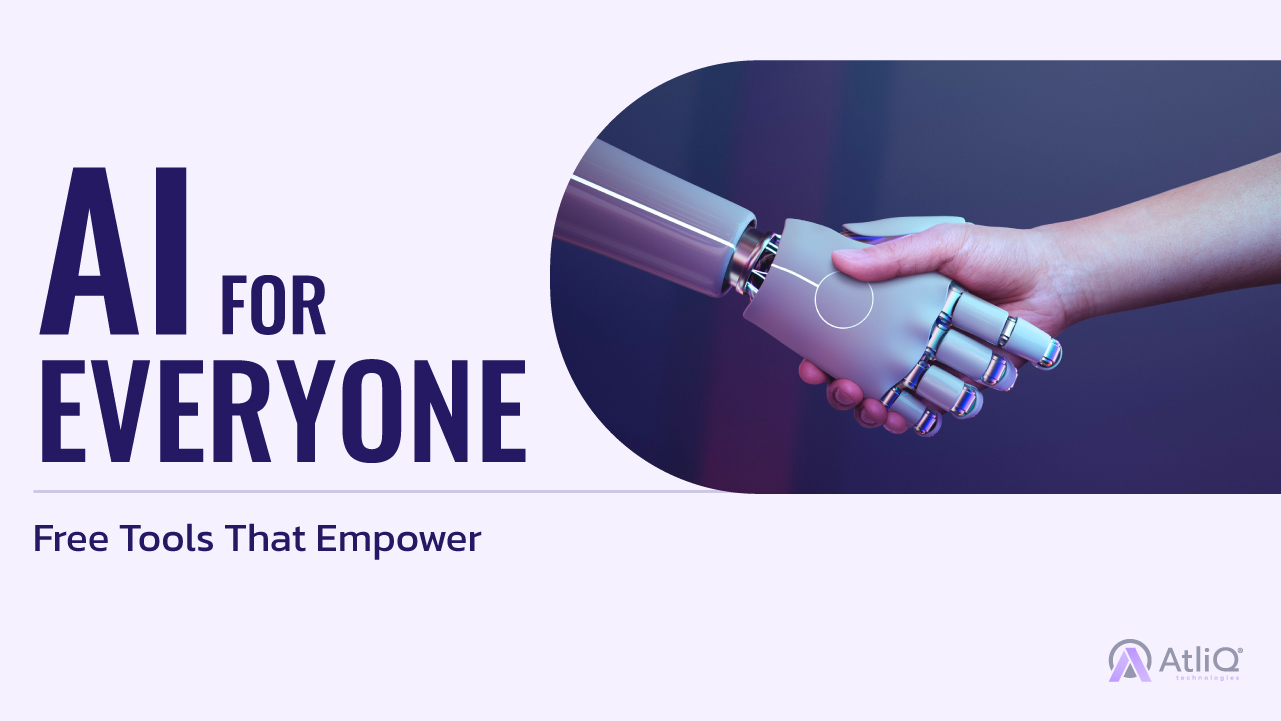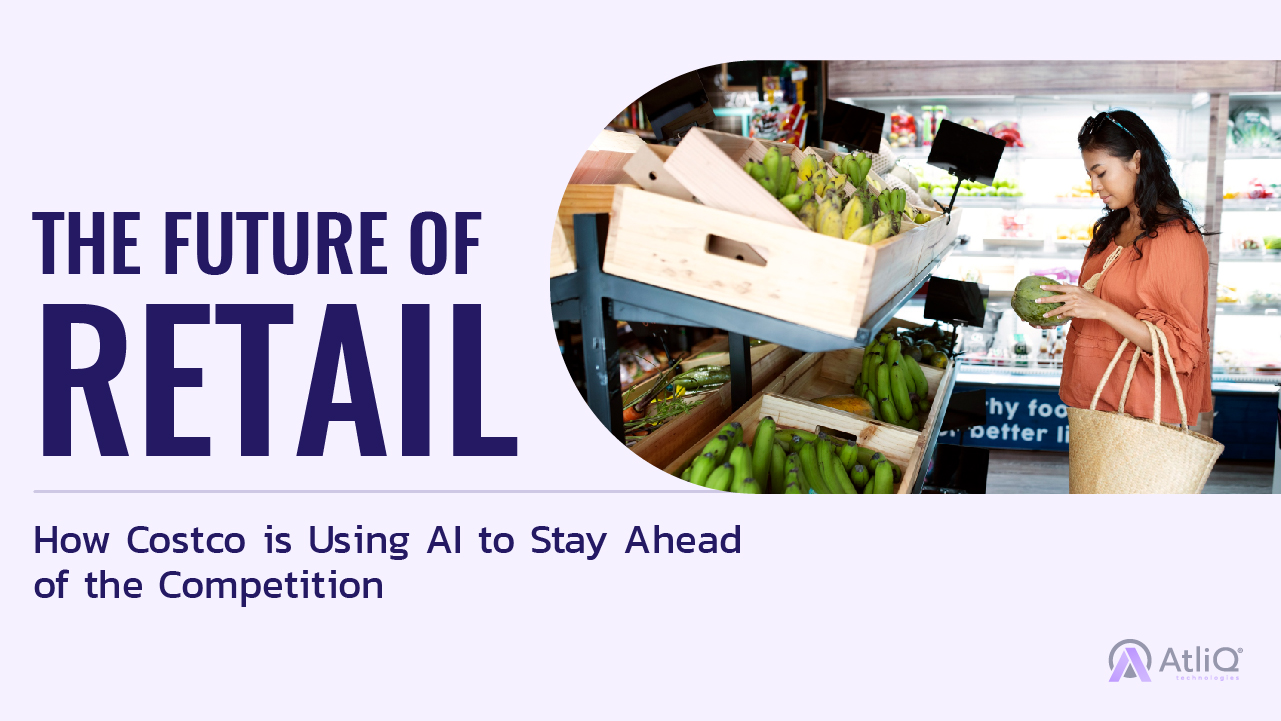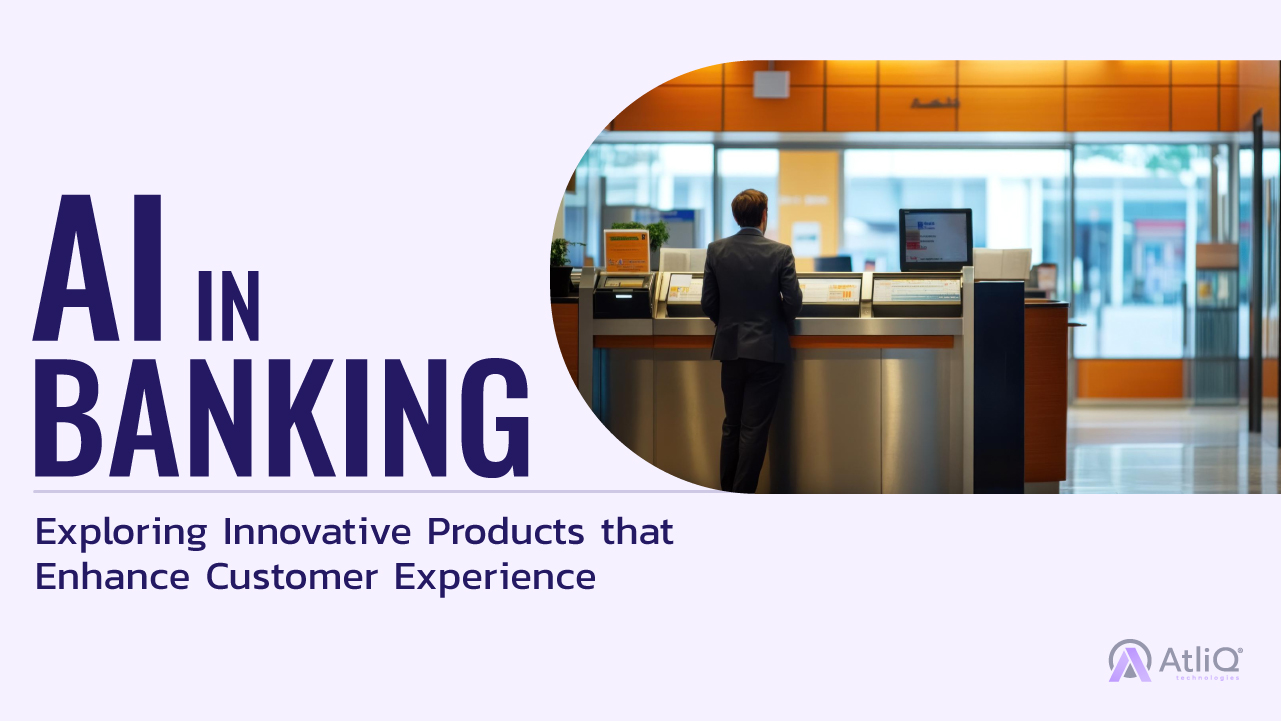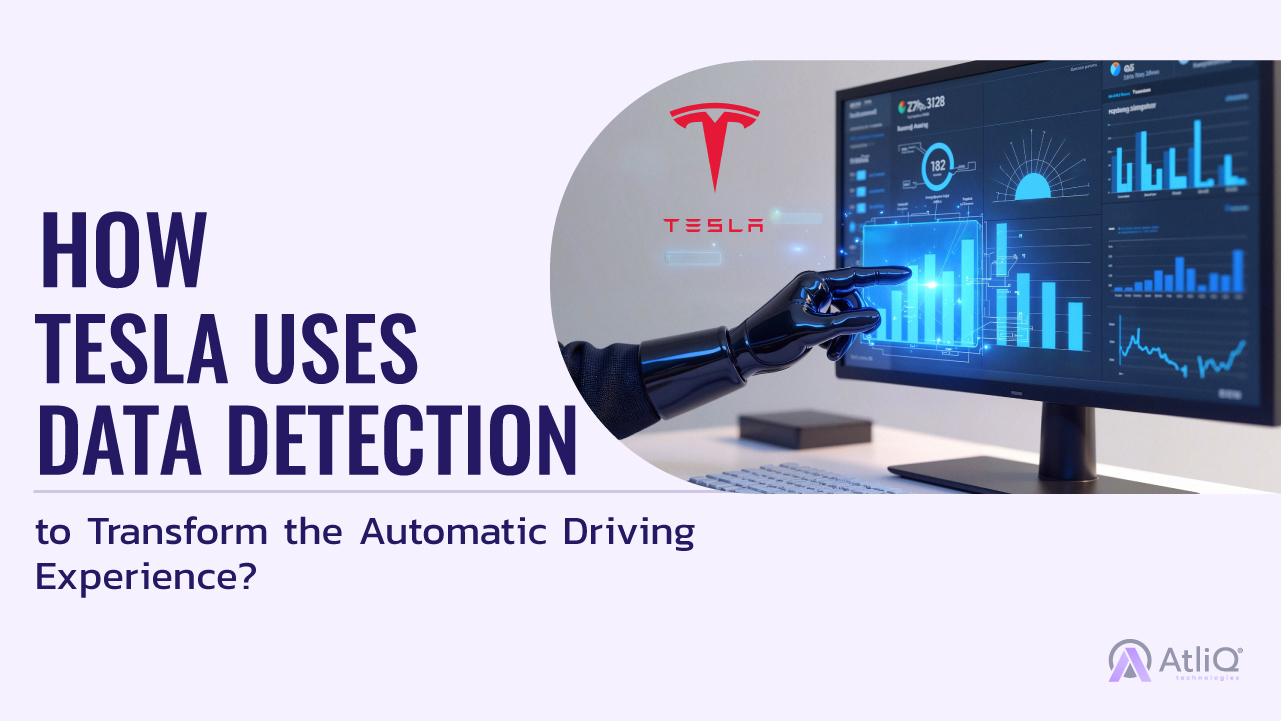
You’ve heard it countless times—those ominous predictions that AI is coming to take your job. “You will be replaced by AI,” they say, and fear starts to creep in. But here’s the twist in this narrative: the reality is quite the opposite. In today’s digital age, if you join hands with AI, you don’t just become relevant; you become irreplaceable. So, let’s debunk the myth and explore the world of AI-powered tools that can help you unlock your true potential. It’s time to embrace the future, where AI becomes your partner, not your competitor.
Image and Video Processing
Tool 1: Google Vision AI: Google Vision AI, a part of Google Cloud’s suite of machine learning tools, is a powerful image analysis tool that brings the capabilities of AI to image processing. Here are some of its key features:
- Image Recognition: Google Vision AI can accurately recognize and classify objects, landmarks, and even text within images. This is incredibly useful for businesses looking to automate image tagging or for enhancing search capabilities within their applications.
- Safe Search and Content Moderation: It includes built-in moderation features to ensure that inappropriate or unsafe content is filtered out. This is essential for platforms with user-generated content to maintain a safe environment.
- OCR (Optical Character Recognition): It can extract text from images, making it useful for digitizing printed or handwritten documents, translating text from images, and more.
Use Cases:
- E-commerce: Enhancing product search and recommendation systems by automatically tagging products based on their images.
- Healthcare: Analyzing medical images like X-rays or MRIs for faster diagnosis and treatment planning.
- Social Media: Automating content moderation to prevent the spread of harmful or inappropriate content.
- Education: Digitizing and translating text from images for educational purposes, such as translating foreign-language textbooks.
Tool 2: Deep Dream Generator: Deep Dream Generator is an artistic twist on image processing. It leverages deep learning algorithms to transform ordinary images into dreamlike, surreal artworks. Key features include:
- Artistic Filters: Deep Dream Generator offers a variety of filters and styles to choose from, allowing you to customize the dreamlike effect you want to apply to your images.
- Customizable Parameters: Users can adjust the intensity and scale of the applied filter to achieve their desired level of surrealism.
- Batch Processing: You can process multiple images simultaneously, making it an efficient tool for creative projects.
Creative Applications:
- Artistic Expression: Turn your photos into captivating pieces of art, perfect for social media, personal blogs, or even print.
- Visual Storytelling: Enhance your creative projects, such as graphic novels or short films, by adding a unique and surreal touch to your visuals.
- Exploration and Fun: Use the Deep Dream Generator for pure experimentation and creative exploration. You might be surprised by the results!
Natural Language Processing (NLP)
Natural Language Processing (NLP) is the branch of AI that focuses on enabling computers to understand, interpret, and generate human language. It has opened up a world of possibilities for automating text-related tasks and has widespread applications across various fields.
Tool 3: OpenAI’s GPT-3 Playground: OpenAI’s GPT-3 (Generative Pre-trained Transformer 3) Playground is a groundbreaking NLP tool that has made waves in the AI community. Here are some of its key features:
- Text Generation: GPT-3 can generate coherent and contextually relevant text based on a prompt, making it exceptionally skilled at content creation.
- Conversational AI: It can be used to build chatbots and virtual assistants that engage in natural, human-like conversations, making it a game-changer in customer support and automation.
- Language Translation: GPT-3 can translate text between languages, breaking down language barriers and facilitating global communication.
Examples of NLP Tasks:
- Chatbots: Create intelligent chatbots that respond to user queries, assist with information retrieval, or even engage in casual conversations.
- Content Generation: Automatically generate blog posts, product descriptions, or creative stories, saving time and effort for content creators.
- Language Translation: Instantly translate text from one language to another, aiding in international business or communication.
- Text Summarization: Summarize lengthy articles or documents, providing users with concise and informative summaries.
Tool 4: NLTK (Natural Language Toolkit) NLTK, short for Natural Language Toolkit, is a Python library that provides a robust platform for NLP tasks. Here are its key features:
- Text Processing Tools: NLTK offers a wide range of text processing libraries for tasks like tokenization, stemming, and part-of-speech tagging.
- Text Classification: It simplifies text classification tasks, making it easier to categorize text data into predefined categories or labels.
- Corpus Resources: NLTK provides access to extensive linguistic data and corpora, making it a valuable resource for researchers and language enthusiasts.
How to Use NLTK for NLP Tasks:
Step 1: Data Preprocessing: Prepare your text data by removing noise, stopwords, and unnecessary punctuation.
Step 2: Tokenization: Break down the text into individual words or tokens to facilitate analysis.
Step 3: Feature Extraction: Use NLTK’s tools to extract relevant features from the text, such as word frequencies or term frequency-inverse document frequency (TF-IDF) scores.
Step 4: Model Building: Employ machine learning techniques like Naïve Bayes or Support Vector Machines (SVM) to build and train classification models.
Step 5: Evaluation: Evaluate your model’s performance using metrics like accuracy, precision, recall, and F1-score.
Step 6: Deployment: Once satisfied with your model’s performance, you can deploy it to classify new text data automatically.
Machine Learning and Data Analysis
Machine Learning (ML) is at the forefront of data-driven decision-making, enabling us to extract insights, make predictions, and automate tasks with unparalleled precision.
Tool 5: Scikit-learn: Scikit-learn, often referred to as sklearn, is an open-source machine-learning library for Python. It provides a comprehensive suite of tools for various ML tasks. Here are its key features:
- Efficient and User-Friendly: Scikit-learn offers a user-friendly and consistent interface that makes it easy for both beginners and experts to use.
- Wide Range of Algorithms: It supports a vast array of ML algorithms, including classification, regression, clustering, dimensionality reduction, and more.
- Data Preprocessing: Scikit-learn includes tools for data preprocessing, feature selection, and feature engineering, ensuring your data is ready for modeling.
Practical ML Applications:
- Classification: Use it to build classifiers for tasks like email spam detection, sentiment analysis, or medical diagnosis.
- Regression: Predict numerical values, such as house prices, stock prices, or the number of sales for a product.
- Clustering: Segment your data into distinct groups, which can help in customer segmentation or anomaly detection.
- Dimensionality Reduction: Reduce the dimensionality of your data while preserving its essential characteristics, making it suitable for visualization or more efficient processing.
Tool 6: Jupyter Notebook: Jupyter Notebook is an interactive computing environment that facilitates data analysis, data visualization, and code sharing. Its key features include:
- Interactive Execution: Jupyter allows you to run code cells individually, making it easy to experiment, iterate, and visualize results in real time.
- Rich Media Integration: It supports the embedding of multimedia elements, such as images, videos, and interactive plots, directly within the notebook.
- Documentation and Markdown: You can add detailed explanations, documentation, and visualizations using Markdown cells, making your work more accessible and comprehensible.
Creating Interactive Data Analysis and Visualization:
- Data Exploration: Load, clean, and explore datasets interactively, enabling you to understand your data better.
- Data Visualization: Create rich, interactive visualizations using libraries like Matplotlib, Seaborn, or Plotly to convey insights effectively.
- Model Building: Develop and fine-tune ML models step by step, visualizing their performance and tuning hyperparameters.
- Collaboration: Share your Jupyter notebooks with colleagues or the broader community, fostering collaboration and knowledge-sharing.
Data Visualization
Data visualization is the art and science of presenting data in a way that is easy to understand, insightful, and visually appealing. In this section, we’ll explore two powerful tools that can help you transform raw data into compelling visual narratives.
Tool 7: Tableau Public: Tableau Public is a robust data visualization tool that empowers individuals and organizations to create, share, and explore interactive data visualizations and dashboards. Its key features include:
- User-Friendly Interface: Tableau’s intuitive drag-and-drop interface makes it accessible to users of all skill levels, from beginners to data experts.
- Data Connectivity: It supports various data sources, including spreadsheets, databases, cloud services, and web data connectors, making it versatile in handling data.
- Interactive Dashboards: With Tableau, you can create interactive and dynamic dashboards that allow users to explore data on their terms, drilling down into specific details.
- Publish and Share: Tableau Public allows you to publish your visualizations to the web for easy sharing with the world, making it a valuable tool for data journalism and public communication.
Creating Stunning Data Visualizations and Dashboards:
- Storytelling: Craft compelling data-driven stories by combining visualizations into narratives that convey insights effectively.
- Exploratory Analysis: Dive deep into your data to uncover hidden patterns, trends, and outliers, which can drive informed decision-making.
- Real-time Data: Connect to real-time data sources to monitor and analyze data as it changes.
- Collaboration: Collaborate with colleagues or share your findings with the public, fostering data-driven discussions and transparency.
Tool 8: Plotly: Plotly is a versatile Python library for creating interactive data visualizations. Its key features include:
- Interactivity: Plotly allows you to build highly interactive and responsive charts and graphs, making it ideal for exploring data on the fly.
- Wide Range of Chart Types: It supports various chart types, including scatter plots, bar charts, line charts, heat maps, and 3D plots, providing flexibility in data representation.
- Integration: Plotly seamlessly integrates with Python libraries like Pandas, NumPy, and Matplotlib, enhancing its capabilities.
- Dashboards and Web Apps: You can create interactive dashboards and web applications with Plotly, allowing for data-driven decision support systems.
Interactive Data Visualization with Plotly:
- Exploration and Analysis: Use Plotly to investigate data distributions, correlations, and patterns, iteratively adjusting visualizations to gain insights.
- Customization: Tailor visualizations to meet specific requirements, including customization of colors, labels, and annotations.
- Web-Based Deployment: Share interactive visualizations on web pages, blogs, or within your Python applications.
- Real-time Updates: Visualize live data streams and dynamically update charts to reflect changing data.
Chatbots and Virtual Assistants
Chatbots and virtual assistants have become integral to modern business operations, customer service, and user engagement.
Tool 9: Dialogflow: Dialogflow, developed by Google Cloud, is a comprehensive conversational AI platform that simplifies the creation of chatbots and virtual agents. Its key features include:
- Natural Language Processing (NLP): Dialogflow uses Google’s advanced NLP capabilities to understand and interpret user inputs, enabling chatbots to have human-like conversations.
- Multi-Platform Support: It supports multiple messaging platforms, including websites, mobile apps, social media, and voice-activated devices like Google Assistant and Amazon Alexa.
- Integration: Dialogflow seamlessly integrates with other Google Cloud services and third-party tools, allowing you to extend functionality and connect to various data sources.
- Analytics and Insights: Access detailed analytics to monitor chatbot performance, understand user interactions, and make improvements over time.
Building Chatbots for Websites and Apps:
- Intent Recognition: Define user intents and map them to appropriate responses, making it easy for your chatbot to understand user queries.
- Rich Responses: Craft responses that include text, images, cards, buttons, and more to engage users effectively.
- Integration with Web and Mobile: Implement chatbots on your website or within mobile apps, providing users with instant access to information and assistance.
- Customization: Tailor the chatbot’s personality and responses to align with your brand identity and user preferences.
Tool 10: Microsoft Bot Framework: The Microsoft Bot Framework is a versatile platform for developing intelligent virtual assistants and chatbots. Its key features include:
- Cross-Channel Compatibility: Build chatbots that can seamlessly interact with users across various channels, including websites, messaging platforms, and voice interfaces.
- Bot Development SDK: Access a comprehensive software development kit (SDK) that simplifies bot development with various programming languages, including C#, JavaScript, and Python.
- Azure Integration: Leverage Microsoft Azure cloud services for hosting, scaling, and managing your bots, ensuring robust and reliable performance.
- Cognitive Services: Integrate Microsoft’s cognitive services, such as language understanding, computer vision, and speech recognition, to enhance your virtual assistant’s capabilities.
Developing Intelligent Virtual Assistants:
- Multi-Channel Deployment: Deploy your virtual assistant on websites, mobile apps, Microsoft Teams, and other popular messaging platforms.
- Dialog Management: Design conversational flows and manage context to create engaging and intuitive interactions with users.
- Authentication and Security: Ensure the security of user data and transactions through secure authentication and authorization mechanisms.
- Scalability: Scale your virtual assistant to handle increasing user loads, ensuring seamless interactions during peak times.
Robotics and Automation
Robotics and automation represent a transformative force that is revolutionizing industries, reshaping the way we work, and enhancing our quality of life. These technologies have transcended the realm of science fiction to become integral components of modern society.
Tool 11: ROS (Robot Operating System): ROS, short for Robot Operating System, is an open-source framework designed to simplify and accelerate robot development. Its key features include:
- Modularity: ROS is built on a modular architecture, allowing developers to create and reuse software components, such as drivers, controllers, and perception algorithms.
- Middleware: It provides middleware services for communication between different components, making it easier for various parts of a robot’s software stack to interact.
- Large Community: ROS has a thriving community of developers and users who contribute to its extensive library of packages and resources, accelerating the development process.
- Simulation: ROS includes simulation tools like Gazebo, which enable developers to test and validate robot behavior in a virtual environment before deploying them in the real world.
How ROS Enables Robot Development:
- Hardware Abstraction: ROS abstracts hardware specifics, making it easier to work with various robot platforms, sensors, and actuators.
- Development Ecosystem: Developers can leverage existing ROS packages, reducing development time and effort.
- Testing and Debugging: ROS provides robust tools for testing and debugging, facilitating the identification and resolution of issues during development.
- Community and Knowledge Sharing: The ROS community actively shares knowledge and collaborates on robotics projects, creating a rich environment for learning and innovation.
Tool 12: AutoIt: AutoIt is a scripting language and automation tool specifically designed for automating repetitive tasks on Windows systems. Its key features include:
- Scripting Language: AutoIt offers a simple and easy-to-learn scripting language that allows users to automate a wide range of Windows tasks.
- User Interface Automation: It can simulate mouse movements and keyboard inputs to interact with software applications, making it versatile for automating various software tasks.
- Customizable Scripts: Users can write custom scripts to automate specific tasks, such as data entry, file manipulation, or GUI interactions.
- Community and Support: AutoIt has an active community that shares scripts, provides support, and offers solutions to common automation challenges.
Automating Repetitive Tasks on Windows:
- Script Creation: Write scripts that mimic user interactions with Windows applications, such as automating software installations or data extraction from applications.
- Scheduled Tasks: Scheduled scripts to run at specific times or in response to triggers, reducing manual intervention.
- Customization: Tailor scripts to match the specific requirements of your automation tasks, saving time and reducing errors.
- Error Handling: Implement error handling mechanisms in scripts to ensure smooth execution, even when unexpected issues arise.
As we draw the curtains on this exploration of AI and its incredible free tools, we find ourselves standing at the precipice of a dynamic and ever-evolving landscape. The journey through the realms of image and video processing, natural language processing, machine learning, data analysis, data visualization, chatbots, virtual assistants, and robotics and automation has illuminated the boundless potential that AI holds for individuals and industries alike.
And as we stand on this precipice, we must also recognize that the future of AI is one of democratization. The availability of free AI tools is not just a fleeting trend; it’s a promise of accessibility, inclusivity, and empowerment. These tools open doors for students, entrepreneurs, researchers, and enthusiasts to delve into the world of AI, to experiment, learn, and innovate without significant financial barriers.
But here’s the most exciting part: this landscape is far from static. The realm of AI is characterized by constant innovation and evolution. As we look ahead, we can anticipate the emergence of even more free AI tools, each pushing the boundaries of what’s possible. These tools will continue to make AI more accessible and capable, enabling us to tackle challenges and opportunities that we can’t even imagine today.
So, as we bid farewell to this blog, let us do so with the excitement of what lies ahead. Embrace AI as your partner, not your competitor. Continue to explore, learn, and innovate, for in this evolving landscape, the possibilities are limitless, and the future is filled with promise.


